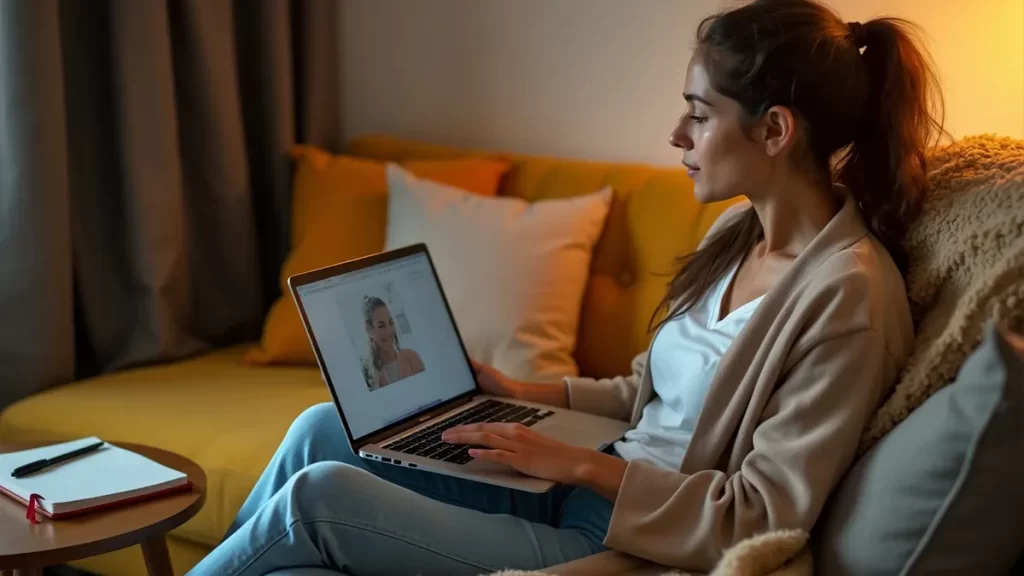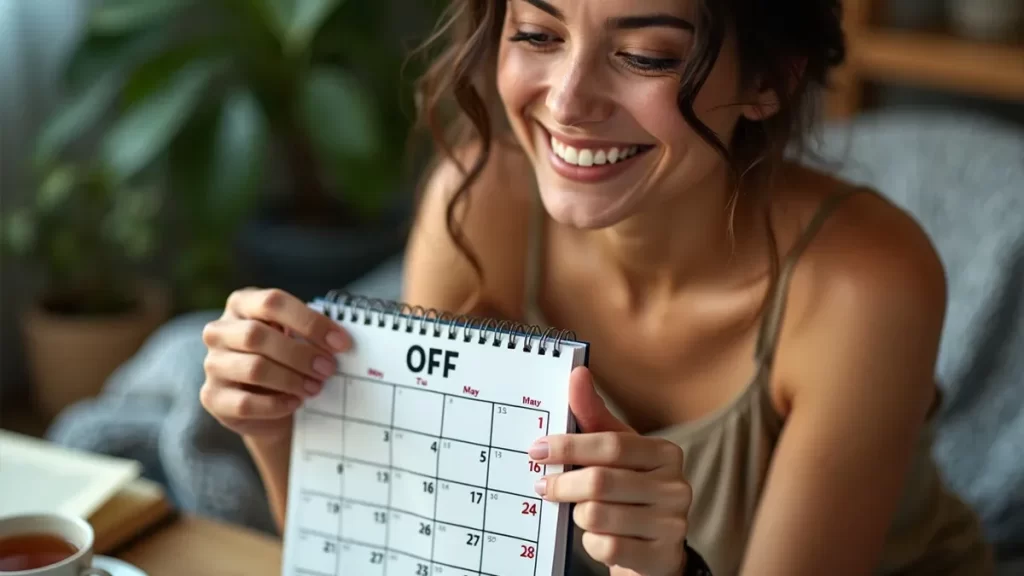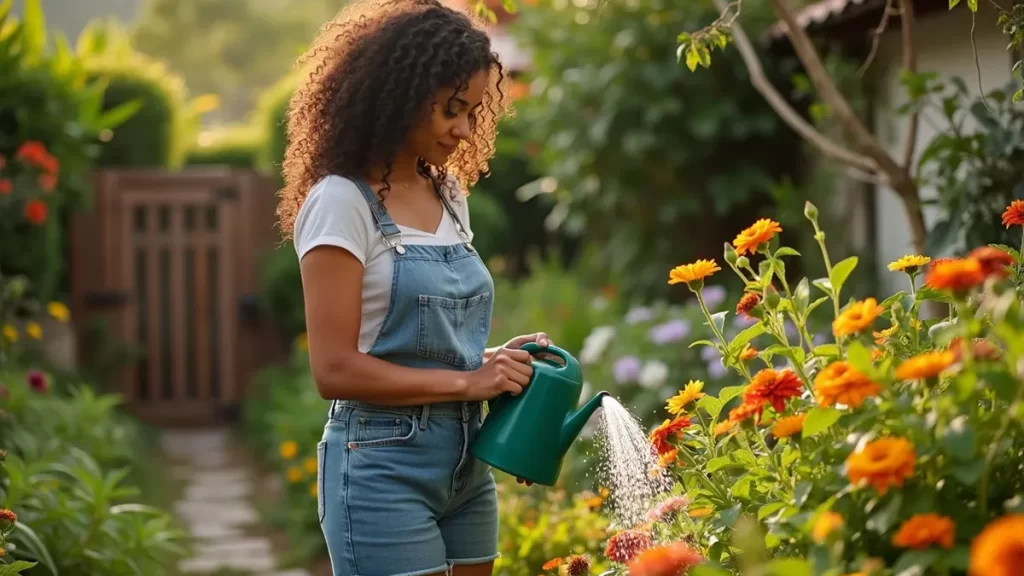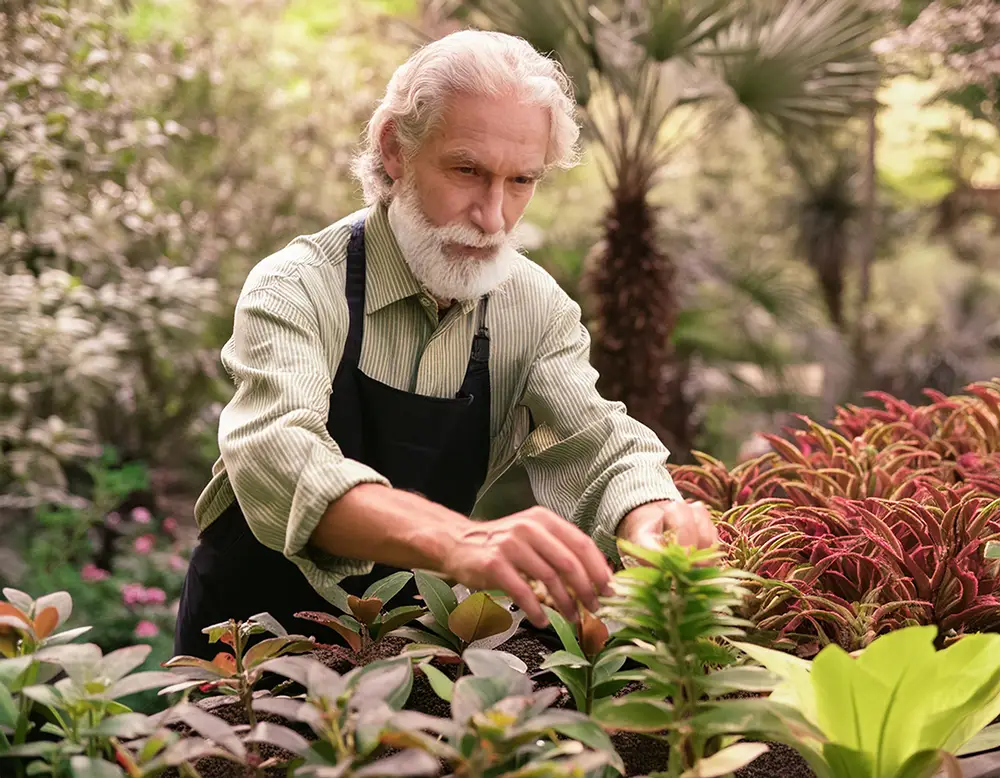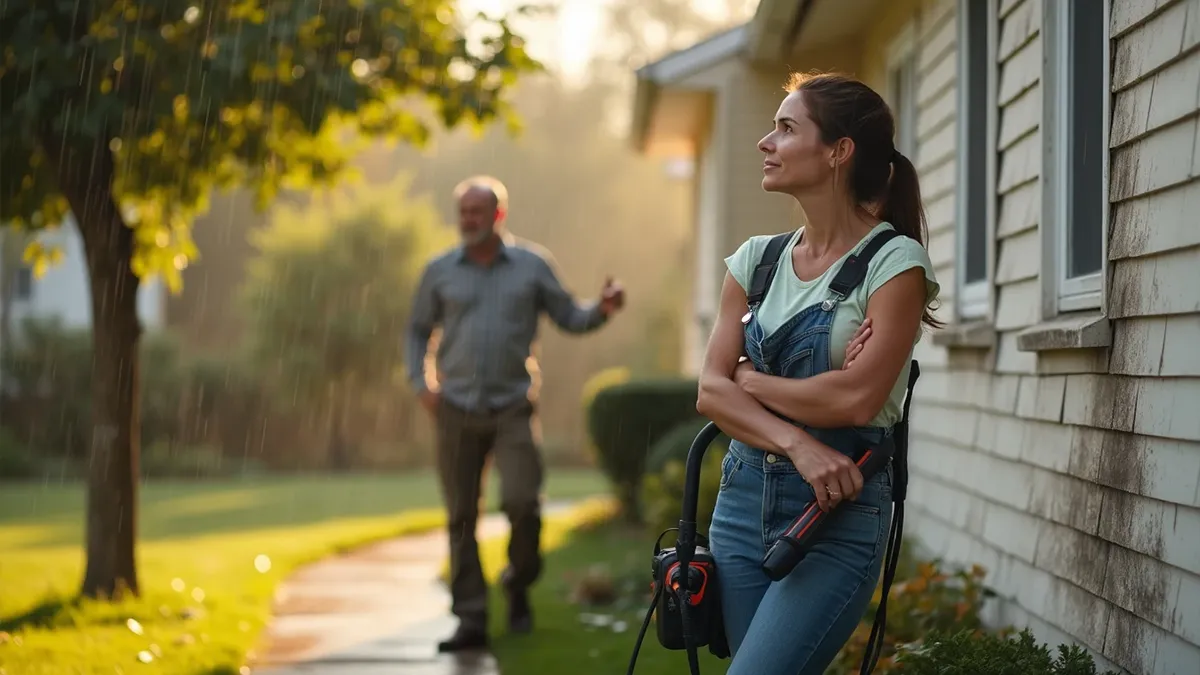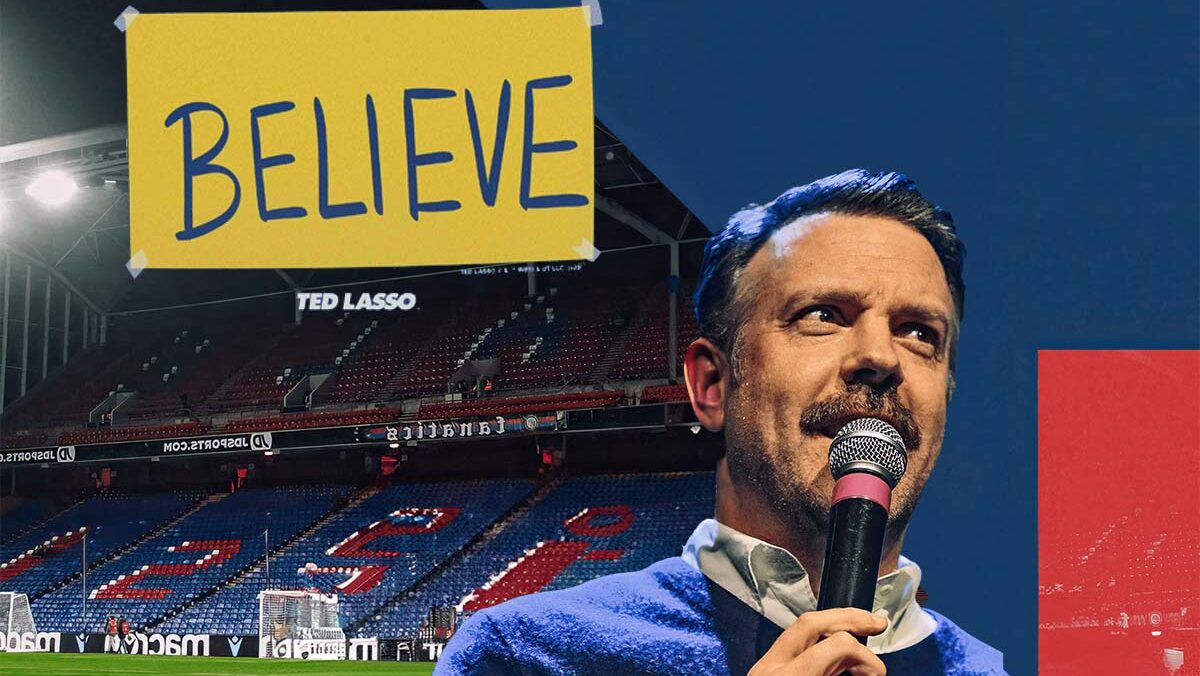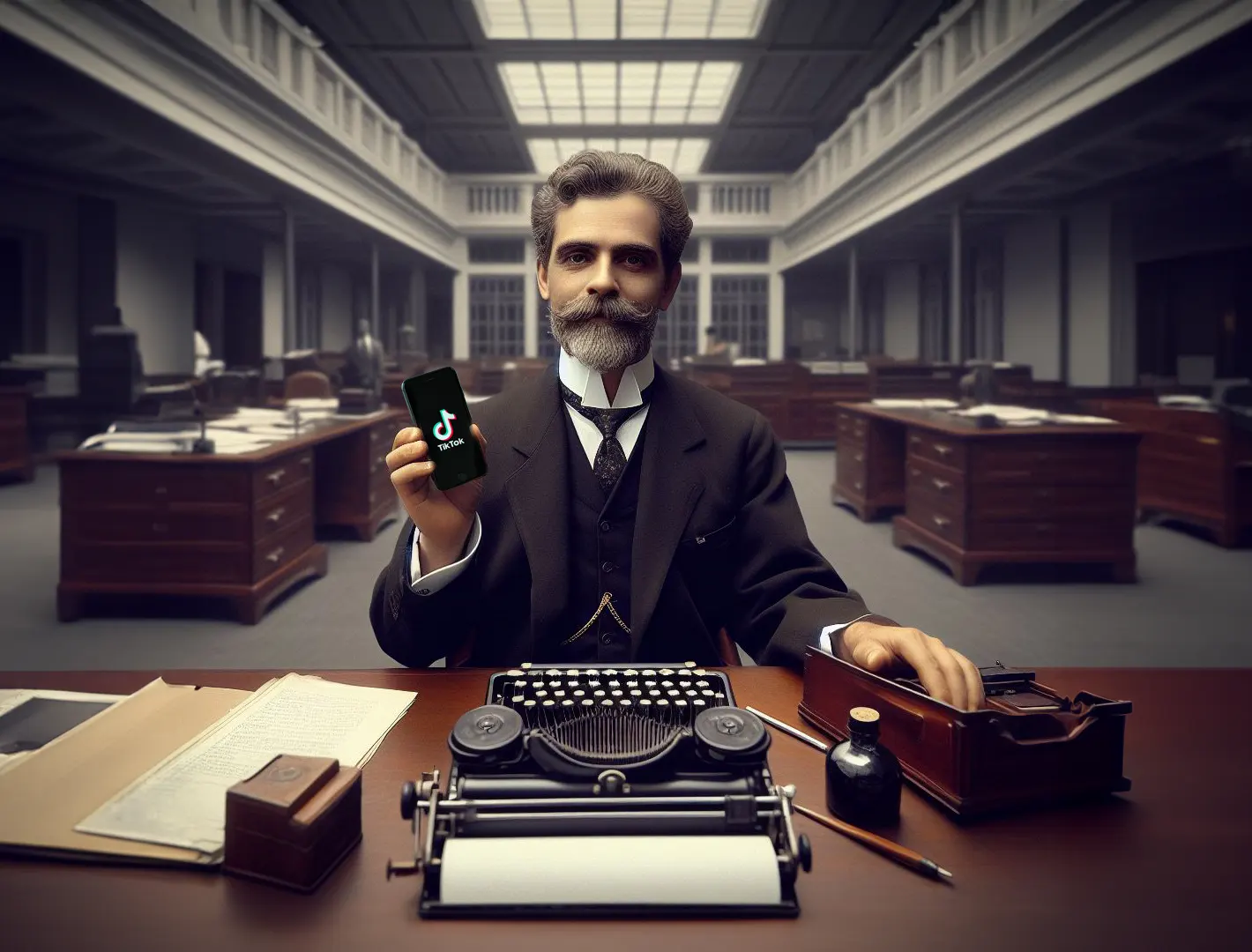Finding Balance: The Art of Saying No Without Guilt
Have you ever felt overwhelmed because you said “yes” to something you really didn’t want to do? Saying no without guilt can be tough, and it happens to the best of us.
Sometimes, we find ourselves agreeing to things out of fear—fear of letting someone down, of missing out, or of being seen as selfish. But what if learning to say “no” could actually be one of the most powerful things you do for yourself?
The Weight of the Word “Yes”
It all starts with a simple word: “yes.” It’s such a small word, yet it can carry so much weight. I remember a time when I was saying “yes” to everyone—my friends, my family, my coworkers.
Every time someone needed a hand, I was there, ready and willing, even if it meant staying up late, giving up my weekends, or putting aside my own needs.
It seemed like I was being helpful, but in truth, I was crumbling under the pressure.
I realized I was losing myself under the pile of promises I had made to others. I would go to bed exhausted, feeling like I hadn’t done a single thing for myself.
Slowly but surely, I understood that my problem wasn’t just time—it was boundaries. I needed to learn the art of saying “no” without carrying the crushing weight of guilt.
The Guilt Trap: Why Is Saying No without guilt is So Hard?
Saying “no” can feel like you’re letting someone down. And isn’t that the worst feeling? It’s like telling a friend that you can’t help them move or turning down extra work from a boss who trusts you.
It feels selfish, like you’re closing a door on someone who’s counting on you.
But here’s the thing: every time you say “yes” to something you don’t want, you’re actually saying “no” to yourself. You’re saying “no” to your rest, to your hobbies, to the quiet moments you need just to be.
And when you keep putting yourself last, you start to feel that gnawing sense of frustration and burnout—because, deep down, you know you deserve better.
“Saying ‘no’ isn’t about pushing people away. It’s about creating space for what truly matters, for both you and the people who need you most.”
The Power of a Well-Placed “No”
There’s power in the word “no.” It’s not just a rejection—it’s a redirection. It’s telling the world that your time and energy are precious, and that you know exactly where you want to focus them.
Saying “no” can be freeing. It can be an act of courage, a promise to yourself that your needs matter just as much as anyone else’s.
I remember the first time I said “no” to a big request. A friend had asked me to help plan a huge event—a project that would take weeks of my evenings and weekends. I almost said yes out of habit, but I caught myself.
I realized that I needed this time for me. I politely told my friend that I couldn’t commit this time, and, to my surprise, she understood. She even thanked me for being honest. It felt like a weight lifted from my shoulders.
“No” doesn’t have to be harsh. It can be gentle, kind, and full of respect—both for yourself and for others.
How to Say “No” Without the Guilt
Learning to say “no” takes practice. It’s not about being rude or uncaring, but about setting healthy boundaries. Here are some ways you can say “no” while still feeling good about it:
- Be Honest, But Kind: You can say, “I wish I could help, but I just don’t have the time right now.” This shows you care, but you also have limits.
- Offer an Alternative: If you can’t say yes, offer another way to help, like suggesting someone else who might be available or offering to help at a different time.
- Keep It Simple: You don’t have to explain everything. A simple “No, I can’t take that on right now” can be enough. The more you justify, the harder it becomes.
- Remember Your Priorities: Ask yourself, “If I say yes, what am I saying no to?” Keeping your own needs and goals in mind can make it easier to decide.
Setting Boundaries Is Self-Care
When you say “no,” you’re not only protecting your time; you’re also setting an example for others. You’re showing them that it’s okay to put yourself first sometimes.
This kind of self-care is like building a wall—not to keep people out, but to make sure that what comes in is what you truly want.
Think of it like a garden. You need boundaries to keep out the weeds so that the flowers—the things that bring you joy—can grow. If you let everyone trample through it, eventually, the flowers will wither, and you’ll be left with a patch of dirt. Boundaries allow you to nurture the beauty in your life.
“Boundaries aren’t walls; they are gates that let the right things in and keep the harmful things out.”
Conclusion: Finding Balance in Life
So, the next time someone asks you for something, take a moment. Don’t rush into a “yes” out of habit or guilt. Pause and ask yourself if this is something you can and want to do.
Remember, saying “no” doesn’t make you a bad person. It makes you someone who knows the value of their time, energy, and well-being.
Now, I’d love to hear from you. What’s one thing you wish you could say “no” to more often? Let’s start practicing together. You deserve the peace that comes from creating healthy boundaries—one “no” at a time.
-

 Best Picks10 months ago
Best Picks10 months agoDriving Insurance: Get the Best Car Coverage Without Overpaying
-

 Best Rewards3 months ago
Best Rewards3 months agoBest rewards credit cards in 2025 for everyday use
-

 Personal Growth & Mindset1 year ago
Personal Growth & Mindset1 year agoTed Lasso Effect: 5 Goal-Setting Secrets You Must Know
-

 Career & Success1 year ago
Career & Success1 year ago30 Key Strategies for Growth: Mindset, Productivity & Wellness
-

 Personal Growth & Mindset1 year ago
Personal Growth & Mindset1 year agoMachado de Assis: This Viral TikTok Explains Why You Need to Read ‘The Posthumous Memoirs of Brás Cubas’ Now
-

 Career & Success12 months ago
Career & Success12 months agoChallenges of Not Having Goals: 5 tips to help you get started

